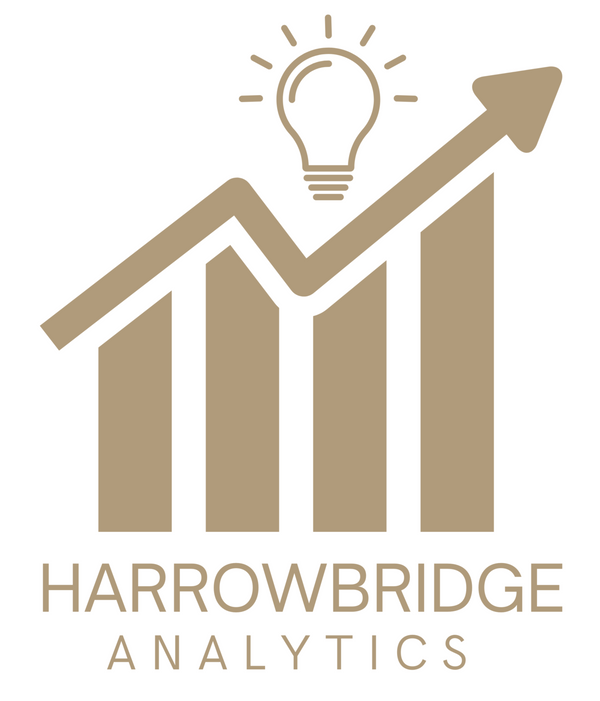Novo Banco
Credit Risk Prediction Optimisation – Novo Banco
Outcome:
- 68% decrease in loan processing time
- 42% decrease in approval rate for high-risk application
- 26% increase in approval rate for low-risk clients
- €5.3 million annual reduction in credit losses
- 15% increased profitability in the SME loan segment
How?
Situation:
Novo Banco, one of Portugal’s leading financial institutions, was facing inefficiencies in their credit risk evaluation process. The internal credit assessment team was heavily reliant on manual document reviews, legacy scoring models, and fragmented data sources. Loan approval decisions, especially for SMEs and personal credit applications, could take several days to process. Additionally, the bank observed inconsistencies in approval patterns and rising rates of late payments among newly approved clients.
Challenge:
A key challenge was the outdated and siloed nature of credit risk scoring. Data existed across multiple systems (CRM, transaction databases, public credit registries), but there was no unified model that could holistically assess risk. Inconsistent scoring led to both missed opportunities (rejecting good customers) and risky approvals (accepting high-risk applicants), contributing to a 12% increase in non-performing loans year-over-year. The bank needed a more accurate, scalable, and automated risk assessment method to reduce credit losses and processing time.
Solution:
We developed and deployed a new data-driven credit risk scoring model powered by machine learning. The model aggregated data from various internal and external sources—including payment history, transaction behaviour, macroeconomic indicators, and industry-specific trends—to assess risk levels. In parallel, we created an automated credit decision engine that reduced manual review dependency. We also implemented an interactive dashboard to monitor real-time credit application trends and risk clusters, enabling Novo Banco to make data-backed decisions quickly.
